It’s the golden age of non-Pro phones
Forget the FOMO and enjoy the JOMO, as 2025 fully belongs to the base phones.
This article may contain personal views and opinion from the author.

2025 is fairly done when it comes to big-name phone launches that will be available in the US, and the verdict, at least to me, is pretty clear: we're finally living in the golden age of non-Pro phones. You no longer have to go with the most expensive and premium model to have a great experience—you can finally just do fine with the base phones.
The two phones that prove this point are none other than the standard Pixel 10 and the base iPhone 17, and for the first time in––forever actually––I don't really feel a yearning for the premium flagships.
The iPhone 17 and Pixel 10 prove premium phones are no longer needed
To me, the adoption of a ProMotion display has been nothing short of a revelation for the base iPhone 17. In my iPhone 17 review, I opined that this change "finally addresses one of Apple's most glaring omissions," and this can't be any truer. A screen that refreshes at up to 120 Hz was the only missing piece that has previously made me stay away from the base iPhone and willy-nilly forced me to use the more feature-rich and expensive Pro models, even though I didn't really have use for any other "pro" feature that they offered.
And having a 120Hz screen in 2025 isn't exactly a spoiled feature; it's not a luxury anymore. It's the standard that pretty much all other phones have moved to years ago.
Ironically, it's the Pixel 10 that's pretty much the last holdout with a 60 Hz screen. I know, I didn't believe my eyes when I first gazed at the preliminary spec sheets that Google sent us before the announcement.
However, one thing that the Pixel 10 does and kind of evens out the lack of a display with a high refresh rate can be found at the back of the phone, on its camera island. Unlike the iPhone, which gives us only a dual camera, the base Pixel actually packs a 5X telephoto, ironically longer than what the iPhone 17 Pro Max offers.
Yes, you can't really zoom to 100X like on the premium Pixels, but you don't really need to anyway. Unlike Chinese phones from brands like Oppo and Vivo, Google doesn't actually do 100X zoom very well, so apart from a party trick, this one has little real-world repercussions, at least on the Pixels.
The bottom line is, both Google and Apple are starting to make their base devices finally viable alternatives to the pro models, and for the first time in years, I don't really feel like I have to go with an iPhone Pro Max or a Pixel Pro XL.
But wait, there has to be a compact flagship phone that combines a telephoto camera with a high-refresh screen.
The base Galaxy has been doing all that for ages
It's actually the base Galaxy that has combined a high-refresh screen with a telephoto camera for years.
Living in the thick shade that the Galaxy S Ultra casts, this one doesn't really get a lot of time under the spotlight apart from the buzz around its initial launch, usually in February each year.
It actually does a lot of things right, with a great AMOLED that's a joy to use, no-frills performance (unlike the Pixel), and a camera that's a bit more versatile than the one on the iPhone, despite probably not being as good in some scenarios (video comes to mind). It's also fairly compact, a rarity these days.
But the biggest asset of the Galaxy S26, at least to me, is One UI. It's sort of a running joke to say that Samsung's software is among the most fleshed out and customizable ones, but that's just the reality of it. It definitely is a much better product than the stockish Android gracing the Pixel 10 and a far cry from the underbaked Liquid Glass interface that the iPhone 17 now offers.
When you throw in the immense customizability that Samsung's Good Lock modules offer, Samsung's phones right now offer an unprecedented mix of top features and deep customization, rivaled by no other Android manufacturer.
So, save yourself some moolah and stop subjecting your pinky finger to those large and heavy slabs: the compact flagship is living through a renaissance right now, and the Galaxy S25 probably offers the best value of them all.
Flagships running in place doesn't help their case
At the same time, those Pro models that all of us usually covet are kind of in a rut in 2025.
The Galaxy S25 Ultra? Slightly different new design, but the same tired 5,000 mAh battery in the back.
The Pixel 10 Pro XL is essentially a marginally improved Pixel 9 Pro XL, and still lagging massively in terms of performance.
The iPhone 17 Pro and Pro Max didn't score any major new features either; sure, a slightly higher-res telephoto is nice, but not a groundbreaking improvement in any way.
Point is, in 2025, base flagship phones tightened the gap to their more exclusive peers significantly, and while it's still true that you get a little more of everything from a more expensive phone, you aren't "losing" as much if you use a regular flagship these days.
It's the more financially sensible thing to do in late 2025.
Follow us on Google News


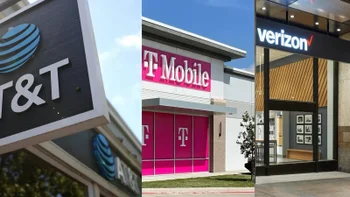
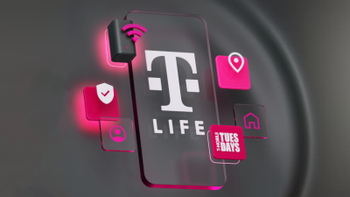

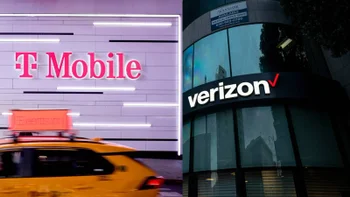
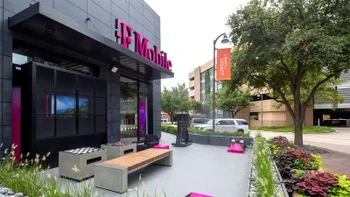
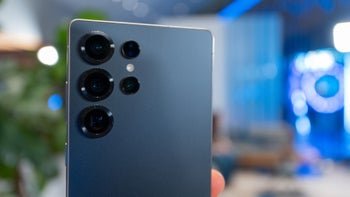

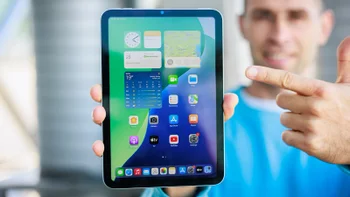
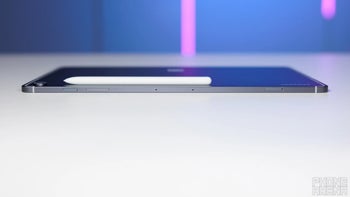
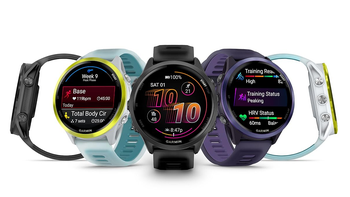
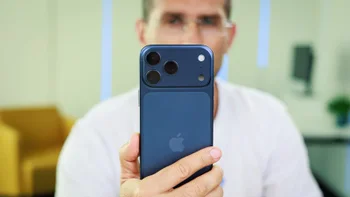
Things that are NOT allowed:
To help keep our community safe and free from spam, we apply temporary limits to newly created accounts: